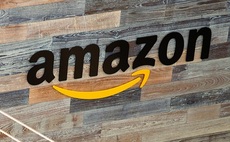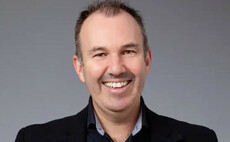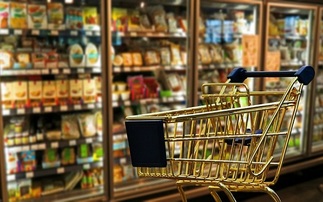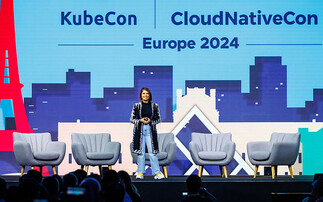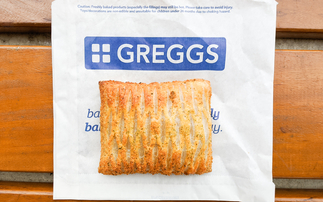L'Oréal global head of digital Vincent Stuhlen explains how analytics were a surprise package within Demandware's e-commerce platform
Analytics is a "Trojan Horse" inside Demandware's enterprise cloud commerce platform which has allowed international cosmetics and beauty company L'Oréal to "much better manage the customer journey...
To continue reading this article...
Join Computing
- Unlimited access to real-time news, analysis and opinion from the technology industry
- Receive important and breaking news in our daily newsletter
- Be the first to hear about our events and awards programmes
- Join live member only interviews with IT leaders at the ‘IT Lounge’; your chance to ask your burning tech questions and have them answered
- Access to the Computing Delta hub providing market intelligence and research
- Receive our members-only newsletter with exclusive opinion pieces from senior IT Leaders










